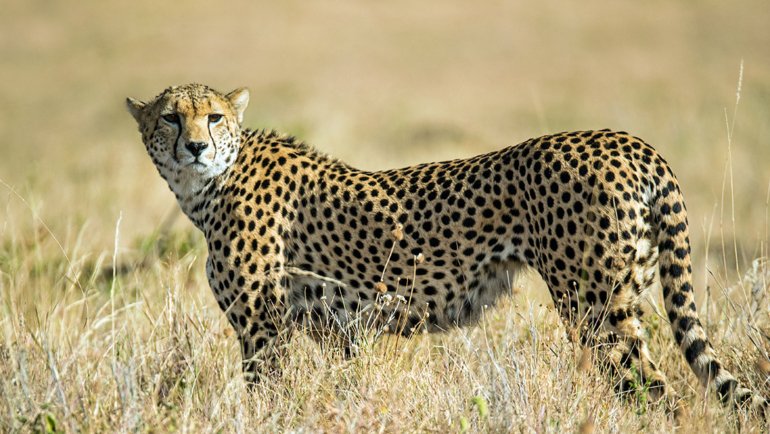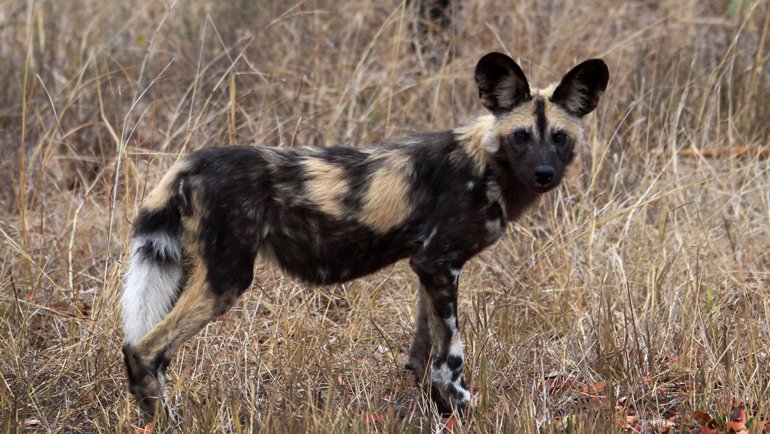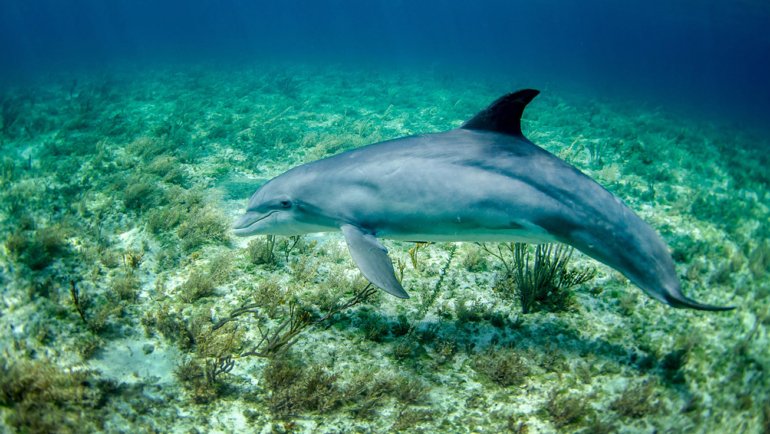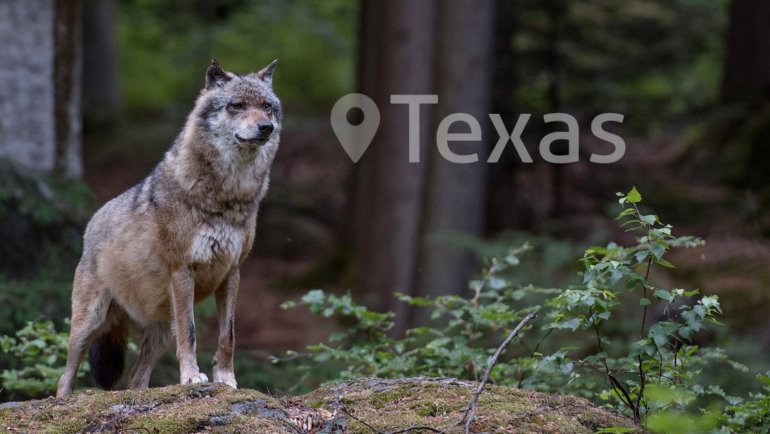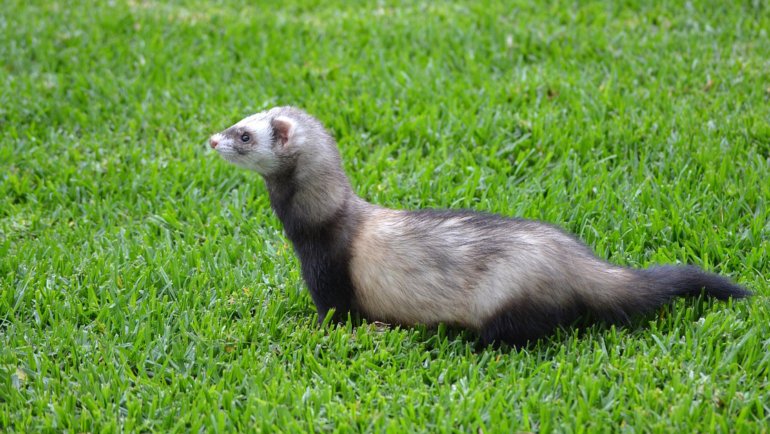Hyenas, often misunderstood and mischaracterized, play a vital role in the ecosystems they inhabit. Known for their cunning intelligence and social complexity, these animals are primarily found in Africa, with some species also residing in Asia. Hyenas are fascinating creatures with strong jaws, a scavenging nature, and a highly organized social structure. They are part of the suborder Feliformia, which also includes cats, and exhibit a variety of fascinating behaviors and physical traits that make them both formidable and intriguing. Despite their reputation as mere scavengers, hyenas are skilled hunters capable of taking down prey much larger than themselves, thus asserting their position in the food chain as both predators and scavengers.
In the intricate web of the African savanna, hyenas hold a unique position. They are often seen capitalizing on opportunities where they can scavenge kills made by other predators, but they are also efficient hunters in their own right. This dual role helps maintain balance in ecosystems by controlling populations of herbivores and other prey species, and by cleaning up carrion, which curbs the spread of disease. Understanding the dynamics of hyenas’ predatory and survival strategies reveals much about their critical role in nature—and the challenges they face from other predators.
Top Predators of Hyenas
Lions
Lions are among the few predators that pose a significant threat to hyenas. Lions and hyenas often compete for similar food resources, leading to fierce territorial disputes. When a lion pride encounters a hyena clan, tensions run high, particularly if food is involved. While individual hyenas are no match for a lion, in large numbers, they can stand their ground. However, when lions are hunting or protecting their own kills, they can become aggressive towards hyenas, sometimes killing them to eliminate competition, rather than for food.
In regions where habitats overlap, lions and hyenas keep a vigilant watch on each other. Lions may kill hyenas, particularly cubs, if they come across them, as a means of reducing competition. This complex relationship highlights the competitive nature of these apex predators in the African savanna, where the balance between cooperation and conflict often shifts based on environmental pressures and resource availability.
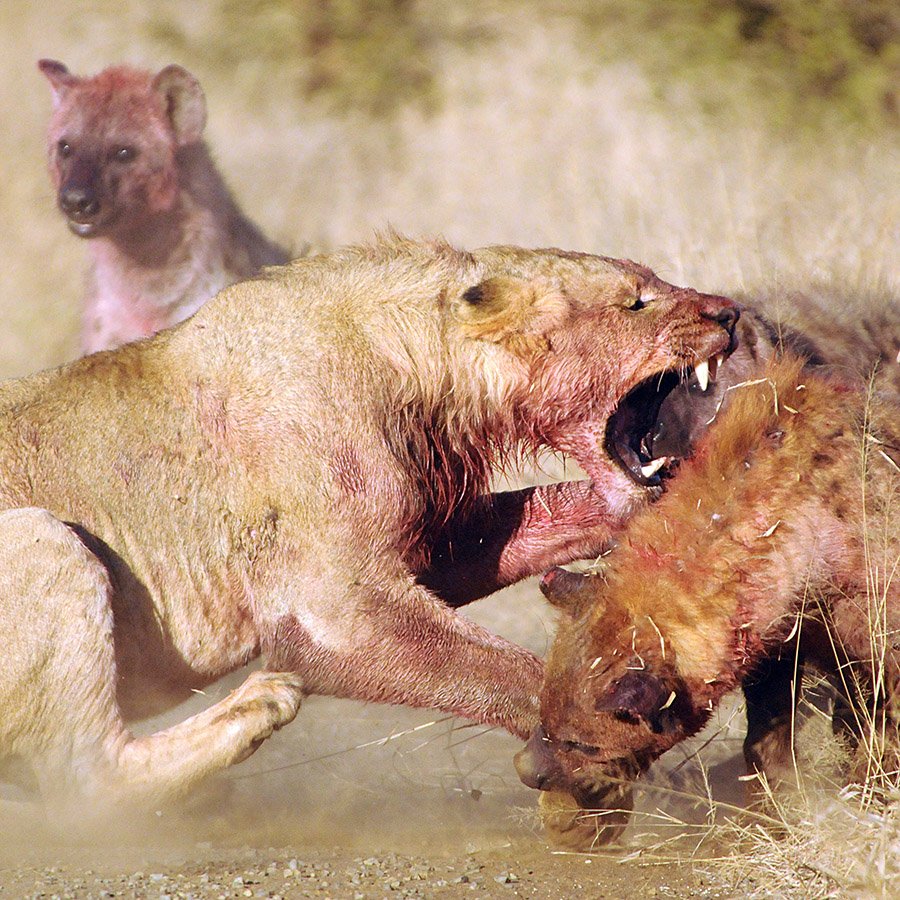
Leopards
Leopards are stealthy predators that can occasionally prey on hyenas, particularly the young or solitary individuals. These big cats are highly adaptable and skilled hunters that often hide their kills to avoid scavengers like hyenas. While leopards are not known to actively hunt adult hyenas, they can exert pressure by preying on hyena cubs if they find them unprotected.
The interaction between leopards and hyenas is often marked by competition rather than open conflict. Leopards tend to avoid direct confrontation with hyenas, opting instead for stealth and strategy. This dynamic ensures that while leopards can pose a threat, they often choose to circumvent the risk of injury from a confrontation with the formidable jaws and strong social bonds of a hyena clan.
Spotted Hyenas
Interestingly, one of the greatest threats to hyenas comes from other hyenas. Intra-species conflict is not uncommon, particularly among different clans competing for territory and resources. These encounters can lead to violent skirmishes, sometimes resulting in death. The social dynamics and territorial nature of hyenas mean that these conflicts are often intense and involve complex interactions.
Hyenas are territorial animals, and when two clans clash, it can lead to fierce battles over control of a particular area or access to food resources. These conflicts highlight the importance of social structures and alliances within hyena communities, as well as the instinctive drive to protect their own territories from rivals.
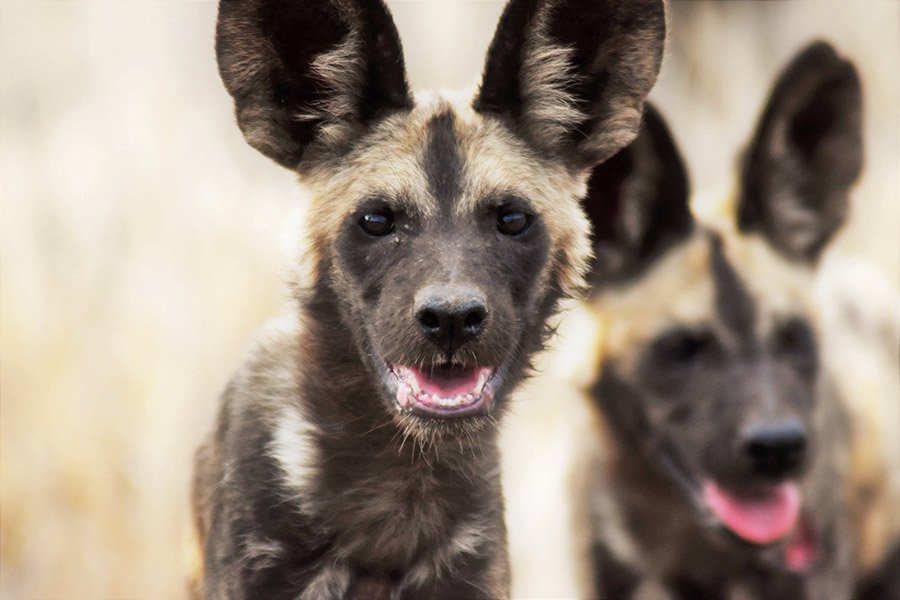
African Wild Dogs
African wild dogs, while generally not a direct predator of hyenas, can pose a threat, especially when outnumbered or when protecting their own kills. These highly efficient hunters work as a pack to bring down prey much larger than themselves, and their cooperative hunting strategies can sometimes pit them against hyenas.
While direct confrontations are rare, the competitive nature of scavenging means that African wild dogs and hyenas occasionally clash. When food is scarce, wild dogs will fiercely defend their kills from hyenas, and in some situations, could potentially injure or kill a hyena during these high-stakes interactions.
Crocodiles
Crocodiles pose a significant threat to hyenas, particularly when they approach water sources. These ancient reptiles are ambush predators, and their stealthy approach allows them to capture unsuspecting animals that come to drink. Hyenas are no exception, and when near water, they must remain vigilant to avoid becoming a crocodile’s meal.
Crocodiles, with their powerful jaws and explosive speed, can easily overpower a hyena if they manage to catch one. This means that hyenas must approach water sources with caution, especially in areas where crocodile populations are high. The threat from crocodiles underscores the dangers hyenas face in their natural habitats, where waterholes can become deadly traps.
Pythons
While not a common predator, large pythons can pose a threat to hyena cubs. These massive snakes are capable of ambushing young or lone hyenas, using their strength to constrict and suffocate them. The risk from pythons is mostly to the more vulnerable members of the hyena clan, such as inexperienced juveniles or those that wander too far from the safety of the group.
Pythons usually rely on ambush tactics and can thrive in the same environments as hyenas, particularly near water sources where both animals may congregate. While adult hyenas are generally too large for a python to handle, the threat to cubs is significant enough to warrant caution in certain territories.
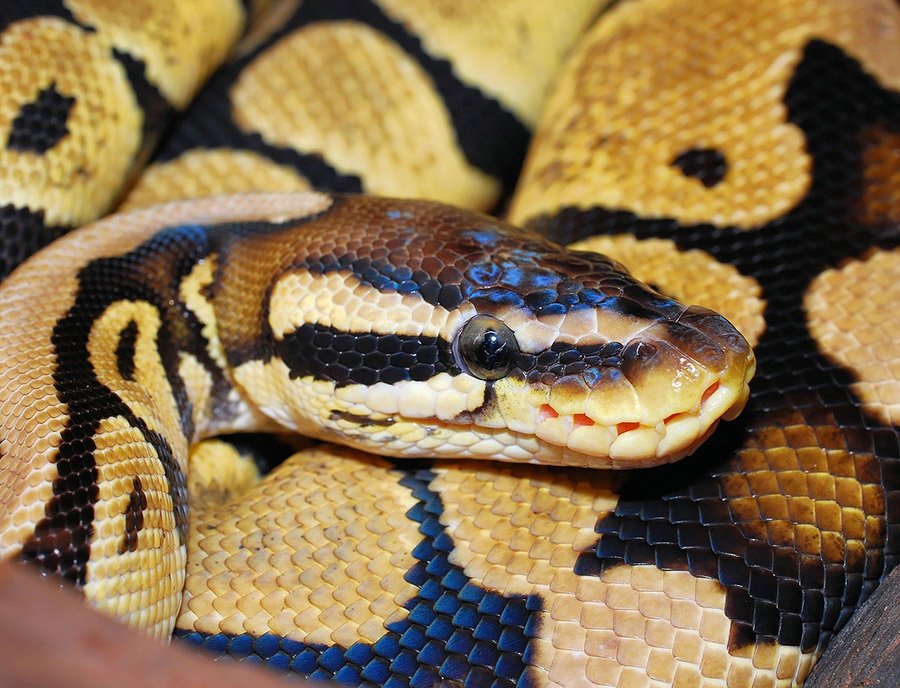
How Do Hyenas Defend Themselves?
Hyenas have developed a range of defense mechanisms to protect themselves from predators, leveraging their social structures, physical attributes, and keen instincts. One of the most notable defenses is their highly organized clan structure. Hyenas live in complex social groups that aid in mutual protection. A clan can consist of up to 80 individuals, which provides a formidable defense against larger predators like lions. Their numbers allow them to protect their territory and resources effectively, and when threatened, the entire group can come together to fend off intruders.
Physically, hyenas are equipped with incredibly strong jaws, capable of exerting immense pressure, which they use to defend themselves effectively. This physical power is a significant deterrent to potential predators, as the risk of injury can outweigh the benefits of attacking a full-grown hyena. Additionally, their endurance and speed allow them to flee from threats when necessary, ensuring they can escape from danger when outnumbered or overwhelmed.
Hyenas also have acute senses, including excellent hearing and smell, which help them detect approaching predators early. This sensory acuity allows them to avoid danger proactively, often moving away from areas where predators are present. Their intelligence and adaptability further aid in their survival, as they can quickly assess situations and determine the best course of action to take.
In addition to these defenses, hyenas also employ vocal communications to alert each other of potential threats. Their distinctive whoops, growls, and laughs can signal alarm, coordinate group movements, and even intimidate rivals. This vocal communication is a crucial component of their defense strategy, ensuring that the clan remains cohesive and responsive to dangers in their environment.
Frequently Asked Questions
Are hyenas more scavengers or hunters?
Hyenas are both scavengers and skilled hunters. While they are often seen scavenging, they are capable of hunting live prey and can take down animals much larger than themselves.
Do hyenas eat lions?
It is rare, but hyenas can eat lion carcasses if they find them unprotected. However, they are more likely to scavenge rather than hunt lions actively.
How do hyenas communicate?
Hyenas use a range of vocalizations, body language, and scent markings to communicate with each other, coordinating group activities and alerting clan members to predators or food sources.
How strong is a hyena’s bite?
A hyena’s bite is incredibly powerful, with a pressure of up to 1,100 pounds per square inch, allowing them to crush bones and deter predators.
What habitats do hyenas prefer?
Hyenas are adaptive creatures that can live in a variety of habitats, including savannas, grasslands, woodlands, and even mountainous regions, as long as there is access to water and prey.
